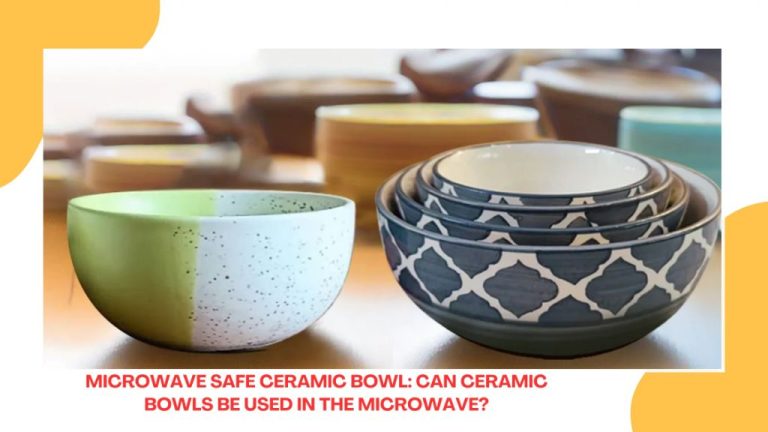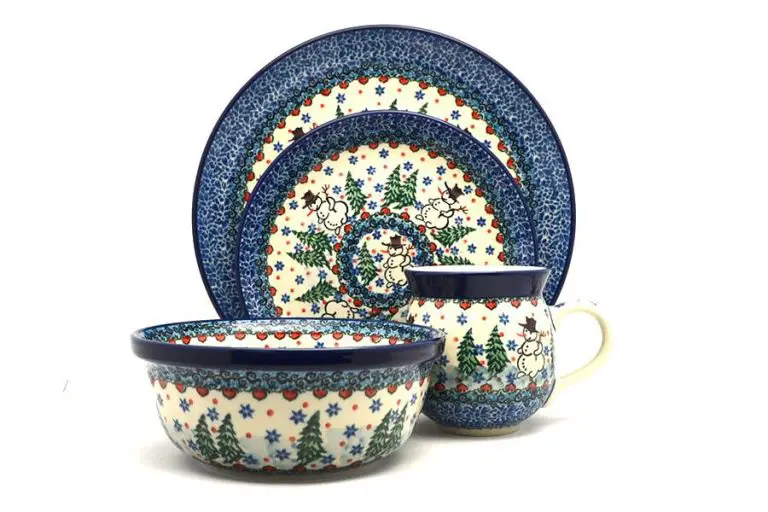What Clay Is Best For Christmas Ornaments?
Christmas ornaments are a beloved tradition and integral part of holiday decorating. Many families enjoy making their own homemade ornaments each year as a fun activity to get into the festive spirit. The popularity of homemade ornaments stems from the personal touch they add to holiday decor. Rather than purchasing generic store-bought ornaments, homemade ones let you create designs that reflect your style, interests, and memories. The handmade quality gives them charm and makes them special keepsakes to treasures for years to come. Making ornaments is also a great way to spend quality time with family and friends. Gathering to craft ornaments together helps create lasting memories and bring everyone closer during the holidays. With so many creative options, there’s an ornament project for all skill levels to enjoy.
Different Types of Clay
There are three main categories of clay that are commonly used to make Christmas ornaments:
Polymer Clay
Polymer clay is made from PVC resin and pigments. It is very versatile and can be shaped, sculpted, and molded in many ways. Polymer clay hardens when baked at relatively low temperatures, usually around 265°F. Popular brands of polymer clay include Sculpey and Fimo.
Air-Dry Clay
Air-dry clay is made from natural materials like cellulose or clay. As its name suggests, it dries and hardens at room temperature. Air-dry clay is easy to work with and doesn’t require baking. Common types include Crayola Model Magic and Activa Air-Dry Clay.
Homemade Clay
Homemade clay typically consists of flour, salt, water, and sometimes cream of tartar or oil. Recipes can be easily customized. Homemade clay must fully dry before decorating. Once dry, it can be painted or sealed. Salt dough is a popular type of homemade clay for ornaments.
Properties of Polymer Clay
Polymer clay is one of the most popular choices for making Christmas ornaments due to its versatility and durability. Here are some of its key properties:
Doesn’t Require Baking – One of the best things about polymer clay is that it doesn’t require baking. The clay cured through a chemical reaction at room temperature. This makes it very convenient to work with at home without needing access to an oven.
Extremely Versatile – Polymer clay can be shaped, sculpted, molded, and textured in countless ways. It holds fine details very well, allowing you to create ornate designs. The clay remains flexible and workable until cured, so you can continue manipulating a piece while crafting.
Durable & Long-Lasting – Once polymer clay is cured, it is very strong and durable. The cured clay is water-resistant and will not decompose over time. Ornaments made from polymer clay can become cherished heirlooms passed down for generations. The colors remain vibrant for years.
Properties of Air-Dry Clay
Air-dry clay is a natural clay that dries by exposure to air, without the need for baking. It is one of the most affordable and accessible clays for beginners. Air-dry clay is made from natural materials like clay and cellulose. Popular brands include Crayola Model Magic and Activa Air-Dry Clay.
Some key properties of air-dry clay:
- Natural – Made from safe, non-toxic ingredients like clay, water and cellulose.
- Needs sealing – Pieces made with air-dry clay are porous and need to be sealed with varnish or acrylic spray paint once completely dry.
- Affordable – Air-dry clays are very budget-friendly, usually around $5 per pound. This makes them ideal for classroom crafts or beginner DIY projects.
- Can be messy – Air-dry clay can get messy during sculpting as it remains sticky and moist until fully cured. Having wet wipes on hand helps for clean up.
Overall, air-dry clay is accessible, kid-friendly and a great introductory clay for Christmas ornaments. Just be sure to seal any finished pieces and account for drying time in your project timeline.
Properties of Homemade Clay
Homemade clay is an inexpensive and easy alternative to store-bought clays. It’s a great way to introduce kids to working with clay and being creative. Homemade clay has some key advantages:
Inexpensive – Homemade clay can be made with common household ingredients like flour, cornstarch, salt, and water. This makes it a very budget-friendly option compared to buying polymer or air-dry clay.
Fun for Kids – Since it uses simple kitchen ingredients, homemade clay is safe and easy for kids to handle. Making their own clay can be an engaging sensory activity for children.
Less Durable – The downside of homemade clay is that it dries out quickly and pieces made from it tend to be more fragile. Finished homemade clay ornaments need to be handled carefully.
Key Factors to Consider
When selecting the best clay for Christmas ornaments, there are a few key factors to take into account:
Durability
You’ll want to choose a clay that produces durable finished ornaments that will withstand regular handling and last for many seasons. Polymer clay results in the most durable ornaments. Air-dry clays are less durable over time. Homemade clays can be fragile.
Texture
The texture of the raw clay affects the finished look and feel of ornaments. Polymer clays are very smooth and easy to work with. Air-dry clays have a grittier texture. Homemade clays vary in texture based on ingredients.
Baking Needs
Polymer clays require baking to set the material, while air-dry clays cure at room temperature. Homemade clays may or may not require baking. If you want to avoid using an oven, air-dry or no-bake clays are better choices.
Price
Premade polymer and air-dry clays are more expensive than homemade clay recipes, which use inexpensive household ingredients. But the convenience and predictability of manufactured clays may be worth the extra cost.
Recommended Clays for Ornaments
When it comes to choosing the best clay for Christmas ornaments, polymer clay and air-dry clay are typically the top options.
Polymer clay is an excellent choice for ornament making. It comes in a wide variety of colors, is easy to work with, and holds fine detail well. Brands like Sculpey and Fimo are popular for their versatility. Polymer clay is strong and durable once baked, making it ideal for ornaments that will be handled and hung on a tree.
Air-dry clay is another great option. It doesn’t require baking and dries naturally at room temperature. Air-dry clays like Crayola Model Magic are lightweight and easy for kids to work with. The finished ornaments are relatively fragile, so they may work better for ornaments that won’t be handled as much. Air-dry clay is readily available and comes in white, which can be painted.
When selecting the best clay, consider factors like desired durability, baking requirements, cost, availability, colors, and ease of use for the specific ornament project. Polymer clays or lightweight air-dry clays are ideal choices for most Christmas crafting.
Tips for Working with Clay
Properly preparing and handling clay is key to creating beautiful and durable ornaments. Here are some tips for working with the different types of clay:
Kneading
Kneading clay is important to ensure any air bubbles are worked out before molding. Knead polymer and air-dry clays for a few minutes until soft and pliable. Homemade clay may need more kneading to reach the desired consistency. Dust hands and work surface lightly with cornstarch if clay is sticky.
Rolling
Use a rolling pin or acrylic rod to roll out clay to an even thickness for cutting shapes or making imprints. Start with clay formed into a ball. Apply light, even pressure as you roll. Rotate the clay 90 degrees and roll again. Dust with cornstarch if needed. Roll to about 1/4 inch or desired thickness.
Baking Instructions
Follow package instructions for proper baking times and temperatures for polymer clay. Typically bake at 265°F for 15 minutes per 1/4 inch of thickness. Air-dry clays do not require baking. Homemade clays can be baked at 200°F for 2 hours or left to air dry for 48 hours.
Creative Techniques
When making Christmas ornaments out of clay, there are lots of creative techniques you can use to customize them and make them unique:
Add Glitter: Mix glitter into the clay before baking or brush it onto the surface of baked ornaments. Use fine glitter for a subtle shimmer or larger chunks for bold sparkle. Glitter comes in every color imaginable.
Make Impressions: Press items into the surface of the clay to leave behind imprints and textures. Try using cookie cutters, doilies, leaves, seashells, beads, lace, or anything with an interesting shape or pattern.
Layer Colors: Stack two or more colors of clay and roll them together to create swirled, ombre, and marbled effects. You can also cut shapes from different colors and layer them.
Embellish: Glue on beads, buttons, rhinestones, charms,ribbons, and other embellishments using strong adhesives before baking the clay. You can also glue decorations onto baked ornaments.
Make Cutouts: Use tiny cookie cutters or a craft knife to cut shapes out of flat clay sheets. Attach cutout shapes onto solid clay balls or layers.
Texture: Roll over clay with textured items like ropes, doilies, or mesh. You can also imprint designs using rubber stamps.
Decorate: Paint designs onto baked ornaments using acrylic paints and seal with varnish. You can also use markers, glitter glue, or metallic pens to decorate.
Conclusion
When selecting the best clay for Christmas ornaments, there are a few key factors to consider – durability, detail, drying time, and ease of use. Polymer clay is very durable and holds fine detail well, but can be more difficult to work with. Air-dry clay dries quickly into a solid ornament, but is fragile. Homemade clay is inexpensive, though less smooth in texture.
Based on the pros and cons of each type, polymer clay is often the best choice for ornaments. It allows for intricacy and lasts for years, making it ideal for heirloom-quality decorations. Pre-colored polymer clay also saves the step of painting. Whichever clay you choose, take your time sculpting to avoid air bubbles and use proper baking/drying techniques. With some patience and creativity, you can make beautiful handcrafted ornaments out of any clay.



